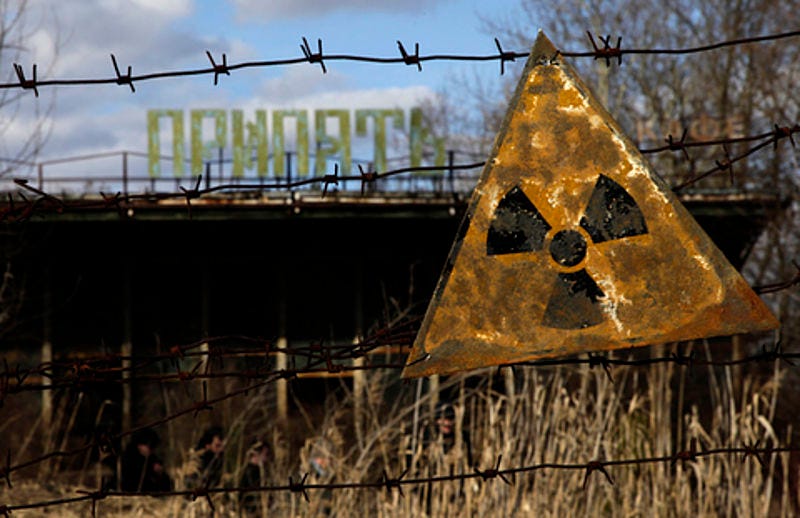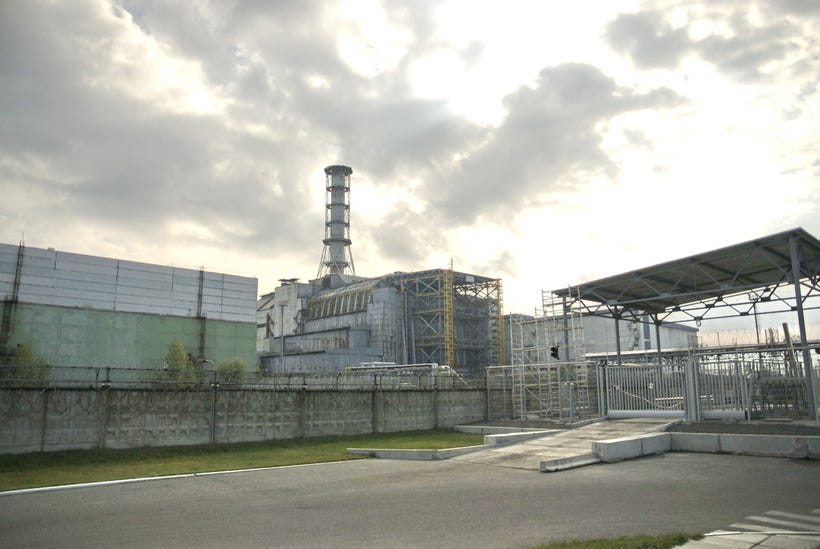Chernobyl Repairs and Zaporizhzhia Risks, US-Ukraine Agreement on Natural Resources
A Russian UAV strike on Zaporizhzhia city injured 29 people, damaging civilian infrastructure, including high-rise buildings and an educational institution, but sparing the nuclear plant.
UKRAINE — Ukrainian nuclear facilities face heightened risks amid the ongoing conflict, with recent incidents at Chernobyl and Zaporizhzhia highlighting vulnerabilities. On February 14, 2025, a drone attack damaged Chernobyl’s New Safe Confinement, prompting urgent repairs with no radioactive release reported.
A Russian UAV strike on May 1, 2025, in Zaporizhzhia city injured 29 people, raising concerns about the nearby nuclear plant’s safety despite no direct hit to the nuclear facility. The Zaporizhzhia Nuclear Power Plant (ZNPP), under Russian control since 2022, remains shut down, with experts citing unsafe conditions for restart.
Historical Context
Ukraine’s nuclear infrastructure has been a cornerstone of its energy sector, with 15 reactors across four operational plants—Chernobyl (decommissioned), Zaporizhzhia, Khmelnytsky, Rivne, and South Ukraine—historically supplying over half of the country’s electricity.
The 1986 Chernobyl disaster, the worst nuclear accident in history, led to the plant’s decommissioning, with the New Safe Confinement (NSC) completed in 2016 to encase the damaged reactor 4 and prevent further radioactive release.
Zaporizhzhia, Europe’s largest nuclear power plant with six reactors, has been a focal point since Russia’s occupation in March 2022, amid the broader conflict that began in February 2022. The war has repeatedly threatened nuclear safety, with both Ukraine and Russia accusing each other of reckless military actions near these sites, complicating international oversight efforts.
The IAEA has been involved since the conflict’s onset, establishing monitoring missions at all Ukrainian nuclear sites. In May 2023, the IAEA outlined "Five Concrete Principles" to protect nuclear facilities, including prohibiting attacks from or against plants and ensuring off-site power security.
No attacks on or from nuclear facilities
There should be no military attacks of any kind directed at nuclear facilities or launched from them, safeguarding these sites from direct involvement in the conflict.No use of nuclear facilities for military purposes
Nuclear facilities must not be used to store military equipment or house personnel, preventing their militarization and reducing the risk of them becoming targets.Protection of off-site power supply
The external power supply to nuclear facilities should not be jeopardized, as it is essential for the safe operation and cooling of reactors, avoiding potential accidents due to power loss.Prevention of nuclear accidents
All possible measures must be taken to prevent a nuclear accident, including maintaining safety systems, adequate staffing, and operational integrity to avoid radioactive releases.Maintenance of effective communication
Reliable communication channels between operators, regulators, and international organizations like the IAEA must be upheld to monitor and ensure the safety and security of nuclear facilities.
Despite these efforts, military activities continue to endanger nuclear safety, as evidenced by recent drone incidents at Chernobyl and Zaporizhzhia, raising global concerns about a potential nuclear incident.
Timeline of Key Events
February 14, 2025, 08:00 UTC: A drone strike damaged Chernobyl’s NSC, creating a 6-meter hole in the roof and causing fires that smoldered for two weeks. Ukrainian emergency personnel extinguished the fires, with no casualties reported (IAEA Update 289).
April 17, 2025, 14:00 UTC: According to the IAEA, a drone was shot down near Zaporizhzhia Nuclear Power Plant’s training center, causing a fire but no structural damage (IAEA Update 287).
April 25, 2025, 20:00 UTC: Six drones were detected 1.5 km from Khmelnytsky Nuclear Power Plant, coinciding with military activity, raising fears of targeting (IAEA Update 289).
May 1, 2025, 22:00 UTC: A Russian UAV strike on Zaporizhzhia city injured 29 people, damaging civilian infrastructure, including high-rise buildings and an educational institution, but sparing the nuclear plant (State Emergency Service of Ukraine).









